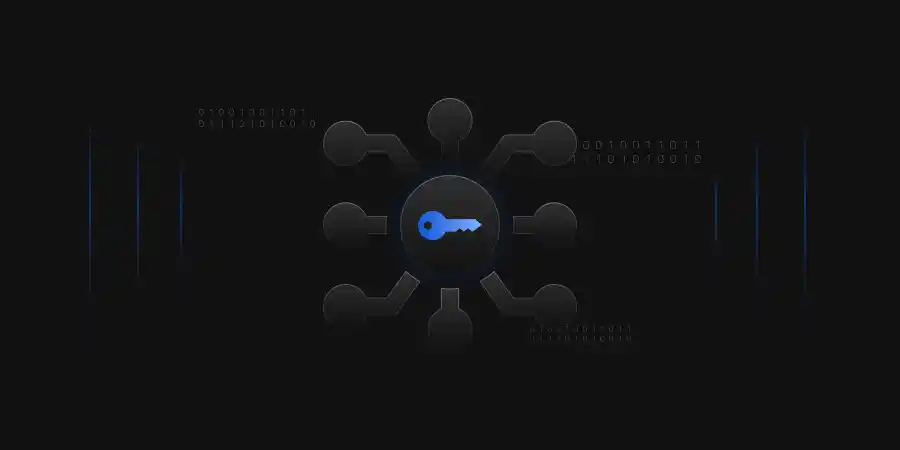RC4, also known as Rivest Cipher 4, is a symmetric key stream cipher designed by Ron Rivest in 1987. The National Institute of Standards and Technology (NIST) has discouraged the use of RC4 in favor of more secure cryptographic algorithms. NIST has published guidelines and recommendations for cryptographic algorithms, and RC4 is generally considered insecure for applications requiring strong security.
Introduction
A stream cipher is a type of cipher that operates on data a byte at a time to encrypt that data. RC4 is one of the most commonly used stream ciphers, having been used in Secure Socket Layer (SSL)/ Transport Layer Security (TLS) protocols, IEEE 802.11 wireless LAN standard, and the Wi-Fi Security Protocol WEP (Wireless Equivalent Protocol). RC4 owes its popularity, relating to stream ciphers, to its ease of use and performance speed. Now, significant flaws mean RC4 is not used nearly as often as before.
Vulnerabilities of RC4
RC4 is not recommended for use in modern cryptographic applications due to various vulnerabilities: –
-
Key Biases
RC4 suffers from biases in its key scheduling algorithm, which can lead to statistical biases in the generated keystream. An attacker can exploit these biases to deduce information about the key and potentially recover parts of the plaintext.
-
Weaknesses in the Initial Keystream Bytes
The initial bytes generated by RC4 are particularly weak. The first few bytes exhibit biases that can be exploited to predict or guess plaintext portions.
-
Fluhrer, Mantin, and Shamir (FMS) Attack
The FMS attack is a specific type of attack against RC4 that focuses on the vulnerabilities in the initial keystream bytes. This attack can recover parts of the key by analyzing the biases in the generated keystream.
-
Bar Mitzvah Attack
This attack exploits vulnerabilities in the RC4 algorithm, allowing an attacker to recover portions of the plaintext. It is related to biases in the keystream, particularly when RC4 is used in certain protocols and configurations.
-
Vulnerability to Cryptanalysis
RC4 is vulnerable to various cryptanalytic techniques, and its security degrades with time as more vulnerabilities are discovered. As cryptanalysis techniques advance, the likelihood of successful attacks against RC4 increases.
Advantages and Disadvantages
| Advantage | Disadvantage |
|---|---|
| Simple to use, leading to easy implementation. | Weaknesses include biases in the initial output bytes, key-dependent vulnerabilities, and the ability to recover the key from enough keystream bytes. |
| Fast and efficient due to its simplicity. | Limited use on smaller streams of data |
| Swift handling of large streams of data. | It lacks authentication, making it susceptible to Man in the Middle. |
How do I disable my server from using RC4?
Servers who do not want to use the RC4 cipher suites any longer can disable its use. This can be done by setting the registry keys so that no client or server can establish a connection to another server using the RC4. Therefore, servers will not be able to provide service to clients who use RC4, and clients will not be able to connect to websites by implementing the following settings:
[HKEY_LOCAL_MACHINE\SYSTEM\CurrentControlSet\Control\SecurityProviders\SCHANNEL\Ciphers\RC4 128/128]
“Enabled”=dword:00000000
[HKEY_LOCAL_MACHINE\SYSTEM\CurrentControlSet\Control\SecurityProviders\SCHANNEL\Ciphers\RC4 40/128]
“Enabled”=dword:00000000
[HKEY_LOCAL_MACHINE\SYSTEM\CurrentControlSet\Control\SecurityProviders\SCHANNEL\Ciphers\RC4 56/128]
“Enabled”=dword:00000000
Conclusion
There is a critical need to disable RC4 to protect communications against known vulnerabilities. Therefore, implementing strong and secure cipher suites ensures adherence to compliance to industry standards such as NIST and enhances the overall security posture. Through our Encryption Assessment, we ensure that the high-risk data is encrypted per industry standards such as FIPS 140-2, NIST, and more. For Public Key Infrastructure (PKI) Audits, we use our own unique approach that is based on NIST recommendations and industry best practices.
By following the above-mentioned steps, organizations can ensure secure communications by reinforcing secure configurations and reducing the risk of malicious attacks which are targeted to exploit RC4’s weaknesses.

